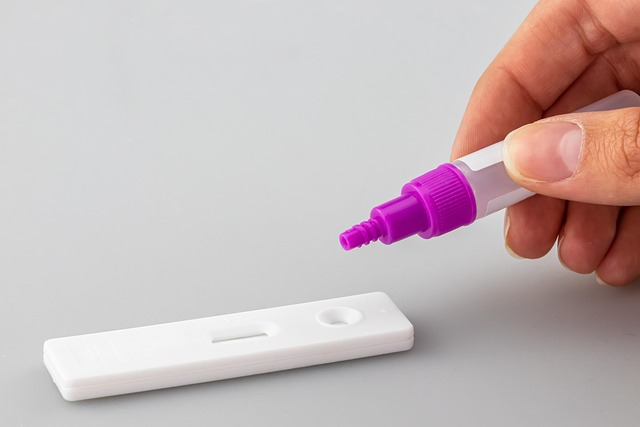Lead paint inspection for older homes in San Antonio is crucial due to the city's vast real estate market featuring many decades-old buildings that often contain hazardous lead-based paint. Professional inspectors use specialized tools and training to detect lead content, focusing on walls, trim, doors, and windows. A comprehensive risk assessment report includes property description, inspection scope, lead exposure risks, tailored mitigation recommendations, and compliance records. Upon revealing risks, swift mitigation measures such as area isolation, cleanup plans with barriers, ventilation, PPE, regular monitoring through resampling, and meticulous record-keeping are essential to ensure resident safety.
In San Antonio, lead paint inspection for older homes is crucial due to potential health risks associated with lead-based materials. This article delves into the intricacies of lead testing risk assessment reports, providing a comprehensive guide for homeowners and professionals. We explore essential components of these reports, offering actionable steps post-inspection to mitigate risks effectively. Understanding the process and key findings is vital for navigating the challenges of lead paint in our city’s historical housing stock.
- Understanding Lead Paint Inspection in Older Homes
- Components of a Comprehensive Risk Assessment Report
- Mitigating Risks: Actionable Steps Post-Inspection
Understanding Lead Paint Inspection in Older Homes

In San Antonio, lead paint inspection is a crucial aspect of maintaining safer living environments, especially in older homes. With many residential buildings dating back several decades, the potential for lead-based paint exists in significant portions of the city’s real estate market. These older homes may contain lead paint, which was commonly used before its health risks were fully understood. A thorough lead paint inspection is essential to identify and mitigate any risks associated with this hazardous material.
During an inspection, professionals carefully assess every nook and cranny of a property, focusing on surfaces like walls, trim, doors, and windows. They use specialized tools and training to determine if the paint contains lead and, if so, at what levels. This process is vital for families with children, pregnant women, or individuals who may be more susceptible to lead poisoning. By identifying and addressing lead paint issues early on, San Antonio residents can ensure their homes meet safety standards and protect the health of those living there.
Components of a Comprehensive Risk Assessment Report

A comprehensive risk assessment report for lead paint inspections in older homes in San Antonio should include several key components to ensure thoroughness and accuracy. First, a detailed description of the property, including its age, construction type, and historical usage, provides context for the inspection. This is particularly important in San Antonio, where many homes date back decades and may contain outdated building materials.
Secondly, the report should outline the scope of the lead paint inspection, detailing which areas of the home were assessed, the methodologies used, and any limitations encountered. It must also present a clear analysis of the risks associated with lead paint exposure, considering factors like the condition of the paint, potential for disturbance, and the likelihood of children or vulnerable individuals inhabiting the property. Additionally, the report should offer recommendations for mitigation and abatement strategies, tailored to the specific findings, to ensure the safety of residents and compliance with local regulations regarding lead paint in older homes.
Mitigating Risks: Actionable Steps Post-Inspection

After conducting a thorough lead paint inspection for older homes in San Antonio, the next crucial step is to mitigate any identified risks. This involves taking immediate action based on the findings from the report. For instance, if high levels of lead are detected, it’s imperative to isolate and prevent access to contaminated areas until remediation can take place. Property owners or managers should create a detailed plan outlining specific actions to be taken, including temporary barriers, ventilation strategies, and personal protective equipment (PPE) for workers handling the cleanup process.
Additionally, regular monitoring is essential post-inspection. This may include resampling affected surfaces after remediation to ensure lead levels meet safety standards. Maintaining detailed records of all activities, results, and ongoing maintenance schedules helps demonstrate compliance with regulations and ensures the health and safety of residents or occupants in older San Antonio homes.
A lead paint inspection for older homes in San Antonio is not just a regulatory requirement, but a vital step towards ensuring the safety and health of residents. By understanding the components of a comprehensive risk assessment report, homeowners can effectively mitigate risks post-inspection. Through proactive measures, such as proper cleanup, containment, and professional abatement when necessary, San Antonio property owners can minimize the potential dangers associated with lead paint, creating safer living environments for current and future occupants.
